
Normal Int'l Ties Key to Improving Oil Sector
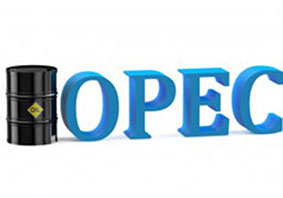
“There is a direct link between crude oil sales and the quality of relations with the outside world,” Hedayatollah Khademi was quoted as saying by ISNA.
Iran's oil industry can do better in attracting foreign direct investment and sell crude oil on the condition that it normalizes its relations with the world, he stressed.
The government expects to earn $11 billion from selling one million barrels of oil a day. Citing government forecasts, $10.5 billion from oil revenues would go for importing essential goods at the subsidized rate of 42,000 rials to a dollar.
Current estimates of Iran’s oil exports are between 100,000-300,000 barrels per day, compared to a pre-sanction high of 2.5 million barrels per day.
On December 16, First Vice President Es'haq Jahangiri said oil exports have hugely declined due to the US economic sanctions but did not disclose export numbers.
Jahangiri said that even India is now refusing to buy Iran’s oil fearing Washington’s wrath.
In the next fiscal year general revenues have been projected at 4,845 trillion rials ($37 billion as per the open market rate of USD 1= 13,000 rilas).
Energy experts like Mehdi Asali, a former director for OPEC affairs, say so long as constraints on financial transactions exist the industry can neither have access to modern technology nor be rehabilitated.
According to the International Monetary Fund, Iran’s economy is expected to shrink by 9.5% this year, down from a previous estimate of a 6% -- as the country feels the impact of tighter US economic and banking sanctions.
The IMF forecasts, published in August in the fund’s World Economic Outlook report, are not far from estimates given by the World Bank, which said Iran’s economy by the end of 2019-20 would be 90% of what it was two years ago.
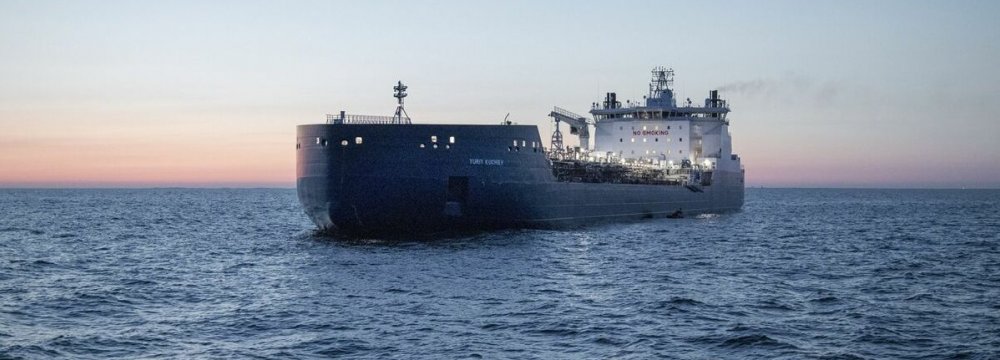


Alba Discloses its Financial Results for the Second Quarter and H1 of 2025

US slaps tariffs on 1-kg, 100-oz gold bars: Financial Times

Copper price slips as unwinding of tariff trade boosts LME stockpiles

Codelco seeks restart at Chilean copper mine after collapse
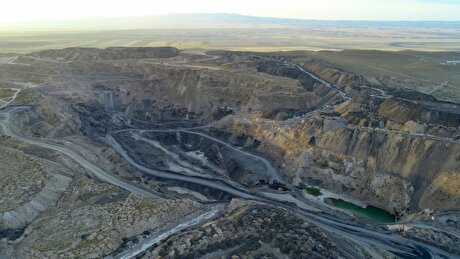
Uzbek gold miner said to eye $20 billion value in dual listing

Hudbay snags $600M investment for Arizona copper project
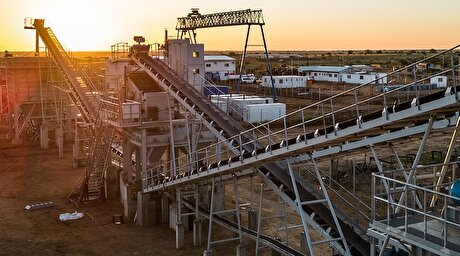
NextSource soars on Mitsubishi Chemical offtake deal
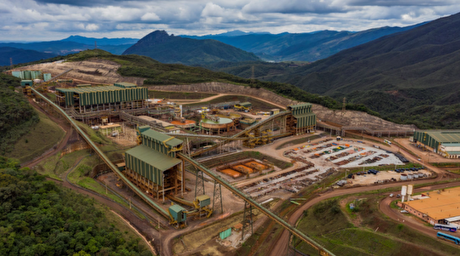
BHP, Vale offer $1.4 billion settlement in UK lawsuit over Brazil dam disaster, FT reports
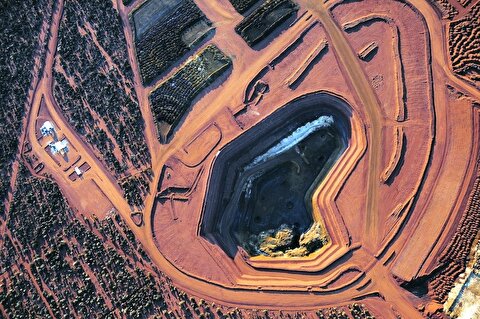
Australia weighs price floor for critical minerals, boosting rare earth miners
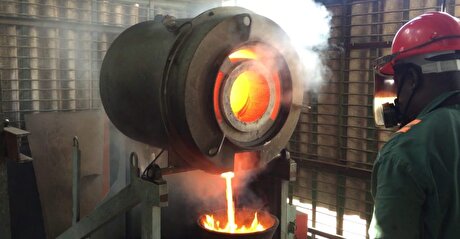
Zimbabwe labs overwhelmed as gold rally spurs exploration, miner says

Cochilco maintains copper price forecast for 2025 and 2026

Adani’s new copper smelter in India applies to become LME-listed brand
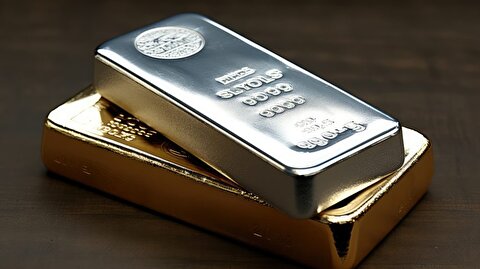
HSBC sees silver benefiting from gold strength, lifts forecast

Mosaic to sell Brazil potash mine in $27M deal amid tariff and demand pressures

Samarco gets court approval to exit bankruptcy proceedings

Hudbay snags $600M investment for Arizona copper project

Discovery Silver hits new high on first quarterly results as producer
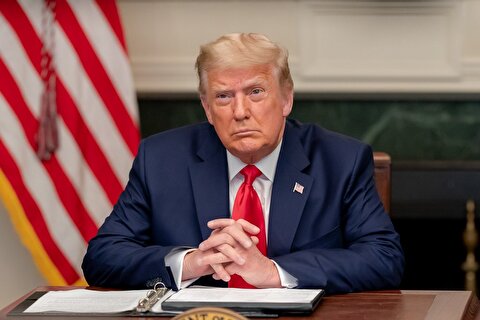
Trump says gold imports won’t be tariffed in reprieve for market

AI data centers to worsen copper shortage – BNEF

Cochilco maintains copper price forecast for 2025 and 2026

Adani’s new copper smelter in India applies to become LME-listed brand

HSBC sees silver benefiting from gold strength, lifts forecast

Mosaic to sell Brazil potash mine in $27M deal amid tariff and demand pressures

Samarco gets court approval to exit bankruptcy proceedings

Hudbay snags $600M investment for Arizona copper project

Discovery Silver hits new high on first quarterly results as producer

Trump says gold imports won’t be tariffed in reprieve for market

AI data centers to worsen copper shortage – BNEF














